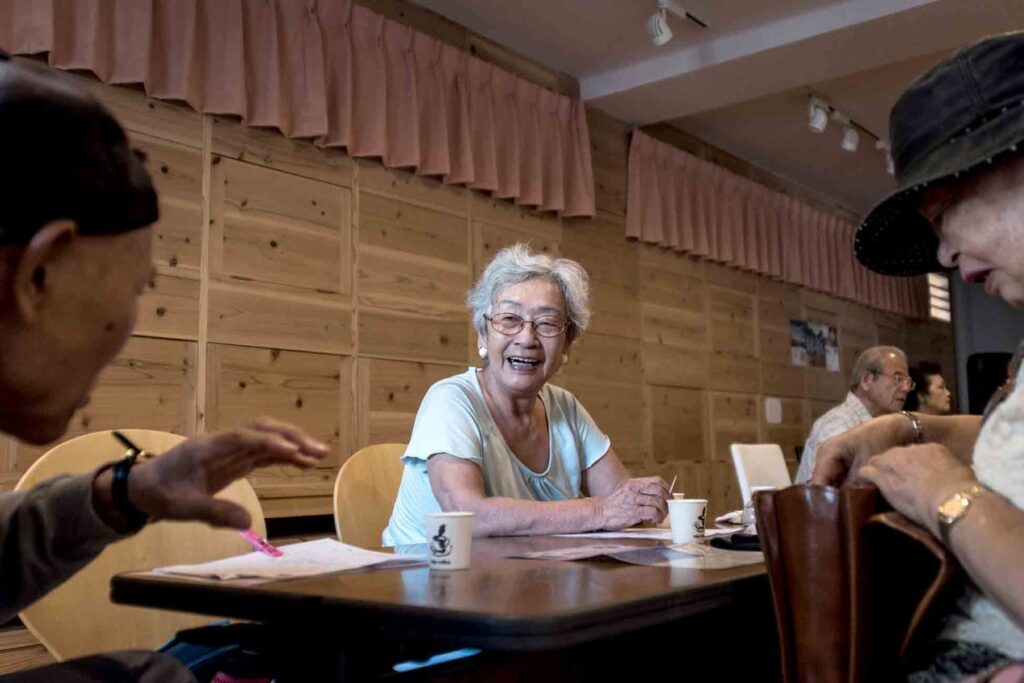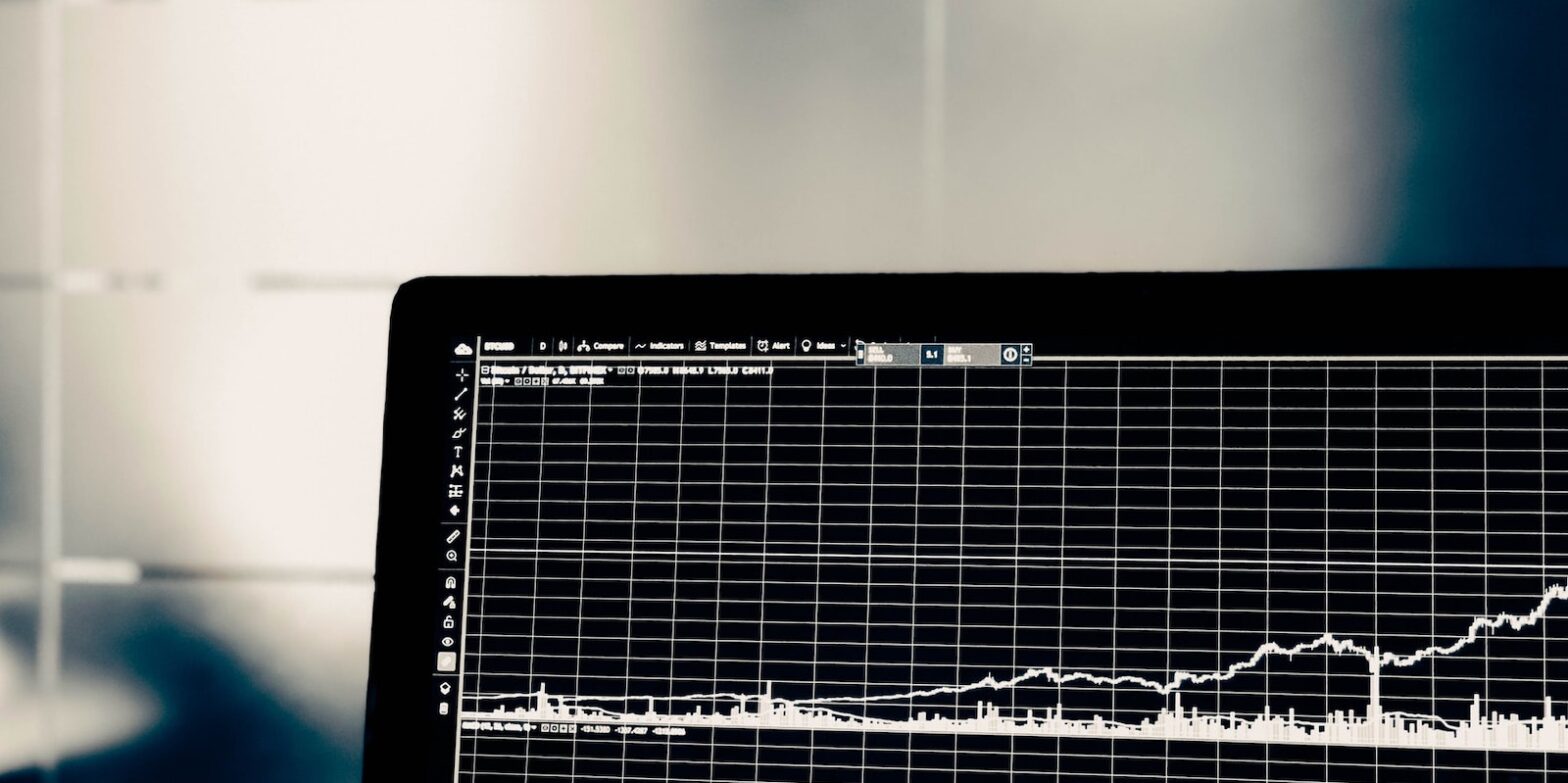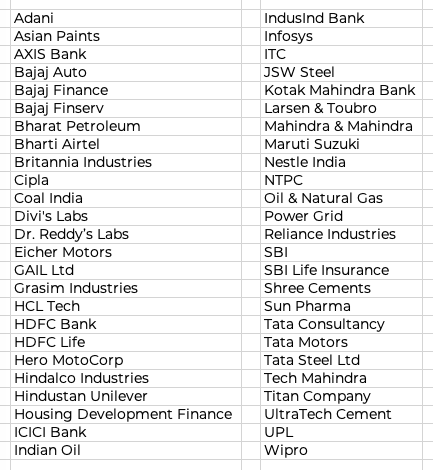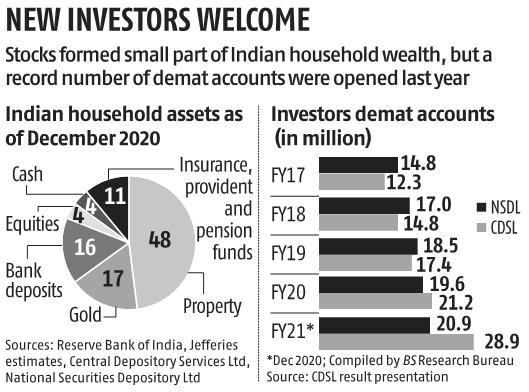Mindfulness works for me more than any other method.
My practice of mindfulness is simply observing one’s own breathing. There is no counting, no attempt to breath deeply, no holding one’s breath. The only attempt is to observe this essential function, breathing, at its own pace, for the duration of the meditation session. That is it.
In the beginning this will likely be hard to do beyond a couple of seconds, since the mind wanders. Often for over a minute. Whenever one does realise it has wandered, the idea is to simply revert to observing one’s breathing.
There is no judgement of oneself and an acknowledgment of the inevitability of distraction. This simple nonjudgmental approach helped me build a better relationship with myself.
There will likely be feelings of anxiety too. Sometimes they are because one is not used to this level of passiveness. Sometimes they are because of the thoughts that occur when the mind wanders. Sometimes they are because the self is uncomfortable observing itself, causing tension/stiffer breathing, which also the self observes, which creates a vicious loop. At that point, I open my eyes, continue taking a few breaths, then resume.
What eventually happens is the self learns to take things at their own pace – one second per second – this is when thoughts calm down. The first time I observed a totally silent mind was a wonderful moment. Only to have it instantly broken. Even today, it is near impossible to both notice and persist with a silent mind. But over time, during meditation, mental chatter dies down to a low murmur more quickly than at the beginning of the practice. Moments of silence come and go. And at the end of the session one is both more calm, physiologically, and more equanimous, with what is bothering oneself. That also makes one feel more empowered, which improves equanimity, and it is now a positive feedback loop that extends beyond the session.
One can extend the meditation practice by observing a particular point of physical tension or pain in one’s body, instead of one’s breath. The idea is not mysteriously resolve or heal it, but to see it for what it is, instead of being bothered by it and thinking about how one will tackle it. Sometimes the act of calmly observing tension does relax it.
In any case, observing one’s breathing provides a natural rhythm.
When beginning mindfulness, twenty minutes may seem much too long. The first few days, one could try five or six sessions of one minute each, spaced a few minutes apart. It’ll take twenty minutes end to end but each time one will only observe for one minute at a time. Extend to two, five minutes and further.
Mindfulness is something I strove to maintain through the depths of depression and treatment through most of the 2010s. Even so, during periods of acute distress or physical pain, mindfulness may not be possible. I skip instead of pushing through. The observation of breath may be passive, but the process itself is very much active. Pushing oneself further during periods of stress may not be beneficial.
However passive, mindfulness is a workout. Like maintaining a plank position or standing on a balance board, stillness doesn’t imply relaxation. The point is to train one’s mind to experience just being, at the natural pace of time. ★






